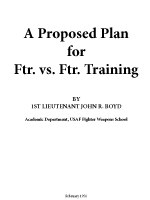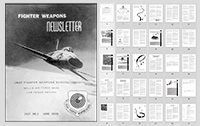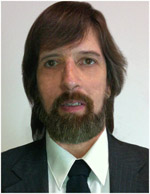Developing Winners: John Boyd’s Insights to Ensure Victory when Facing Uncertainty and Unpredictable Change
John Boyd (23 January 1927 - 9 March 1997) became a masterful fighter pilot, and he earned a world-wide reputation as an authority on fighter tactics. In the late 1950s, Boyd retained his reputation as a respected fighter pilot, and he became a consistent winner. He adopted the descriptive moniker Forty Second Boyd.
Boyd became proficient in other domains, and he developed new approaches to winning consistently.
In 1995, Boyd encoded his insights, which included his OODA Loop sketch, in The Essence of Winning and Losing.

A Partial Table of Contents
Introduction
John Boyd

- How Boyd became a fighter pilot

- Forty Second Boyd

- Aerial Attack Study
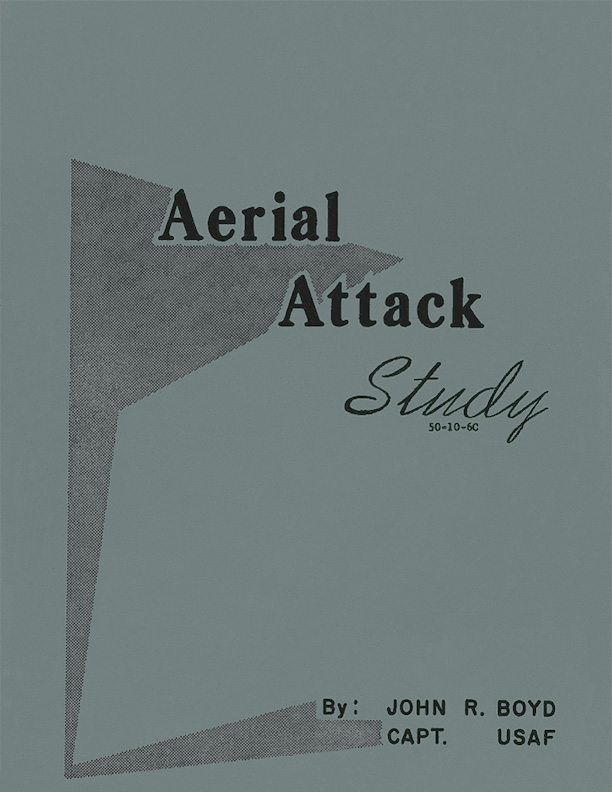
- Energy maneuverability (E-M) theory
- Shaping the design of F-15 and F-16
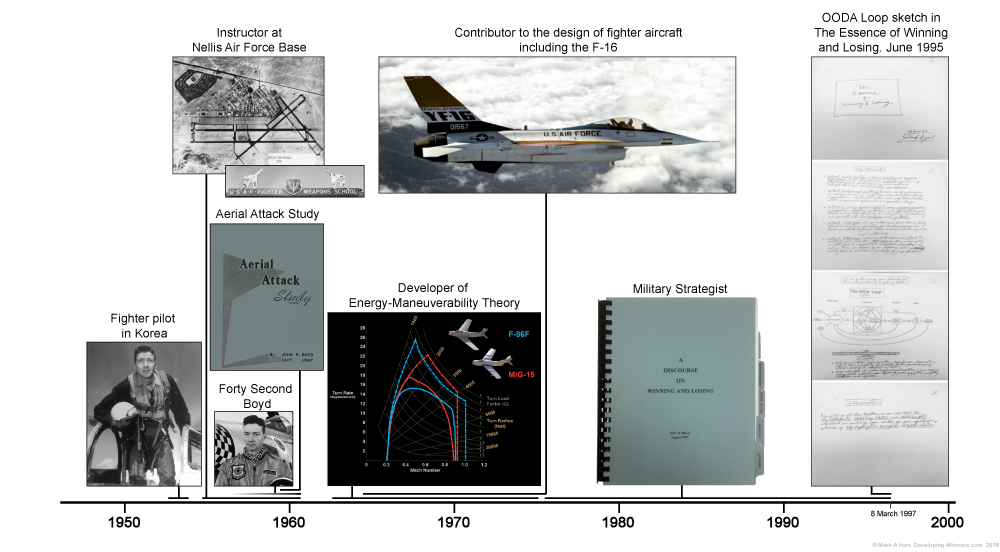
- Becoming a military strategist
OODA Loop sketch

- Observe component
- Orient component
--Boyd's thought experiment to illustrate analyses and synthesis
- Decide component
- Act component
- Unfolding interaction with environment
- Concurrency
Expanding the OODA Loop sketch
- A series of maneuvers
- The duration of a loop
- Representing competitive encounters
- Operating inside an adversary's OODA loops
Operating at a Faster Tempo or Rhythm
- Agility and Maneuverability
- The Desirability of Faster Tempo or Rhythm Capabilities
- Fast Transients and Asymmetric Fast Transients
- Better Yet
Other Concepts to Shape your Development
- Patterns and harmony
- Generating mismatches in time, tempo, or ability
- Agility
- Discerning tactical disposition
- Cheng / Ch'i
- Shih and the node
- Fast transients and asymmetric fast transients
- Manipulating friction
Re-analysis using the OODA Loop
- Re-analysis of the MiG Alley
- Re-analysis of Forty Second Boyd
- Incomplete representations of the OODA Loop
Becoming Certain to Win
- Vitality and growth
- Insights

Presentation at Boyd-and-Beyond 2013
An excerpt from Developing Winners
Forty Second Boyd
John Boyd was dubbed "Forty Second Boyd" for his standing offer that he could defeat any opposing pilot in simulated air-to-air combat in less than forty seconds. The offer was asymmetric. It was not a bet. The other pilots were not obligated to pay if Boyd won.
If Boyd lost, he would have paid the other pilot $40. According to Mary Ellen Boyd, his daughter, he would have paid the money himself (personal communication October 2012). In 1960, $40 was a significant amount of money for a married US Air Force Captain with four children. For comparison, Boyd’s payment for his small, three-bedroom house in 1961 was $105.67. A gallon of gasoline was approximately $0.30. The federal minimum wage was $1.00/hour.
The Specifics
Action began at an altitude of 30,000 feet with the opposing pilot 500 feet behind Boyd. Boyd, as the defender, set the initial speed and selected the first maneuver. After a few maneuvers, Boyd was in position for a kill shot. He defeated most contenders in less than half the allotted time. No one defeated him.
Boyd employed a decisive maneuver AFTER he probed the capabilities of his opponent during the initial portion of the combat. He observed his opponent's responsiveness. He determined when his opponent was likely to overshoot and when they were likely to undershoot. Boyd developed strategic advantages during combat situations to create the conditions for a sudden victory. Boyd's capabilities for faster tempos was advantageous, but consistent winning required more than superior 'loop times.' He developed techniques to exploit fast transients and asymmetric fast transients, but he required more to win consistently.
Boyd's victory emerged through interaction with his opponent. He crafted his approach based on what he knew about the attacker.
Winning required a combination of maneuvers. Boyd used one maneuver a lot. It was known as “flat-plating the bird." Only a few pilots had the skill and confidence to do this maneuver routinely. Flat-plating the bird started with Boyd's F-100 transitioning from 450 knots to 150 knots by using the bottom of his F-100 as an 'air brake.' During this deceleration, the opposing pilot [RED] moves from the advantageous position (behind Boyd) to the vulnerable position (in front of Boyd) very quickly.
After deceleration, the pilot recovers by doing a snap roll. This combination of maneuvers required great skill and low speed control. The F-100 was not forgiving at low-speed.
When done perfectly, Boyd [BLUE] was in position for the kill shot.

Although the phrase ‘kill shot’ may suggest a singular activation of one of the four 20mm guns on an F-100, a pilot delivered a burst of gunfire. In this context, Boyd “hosed” opponents. It meant “to get him in the pipper (the center of the reticle of a gunsight), follow him with tracers, and - as pilots say - whip his a**” (Coram, #46). In this context, to ‘hose’ an opponent, one must fly, follow, shoot, and make adjustments due to momentum and gravity.
Even when the other pilot knew that Boyd would probably flat-plate his F-100 during their encounter, Boyd's timing was perfect. He always won.

